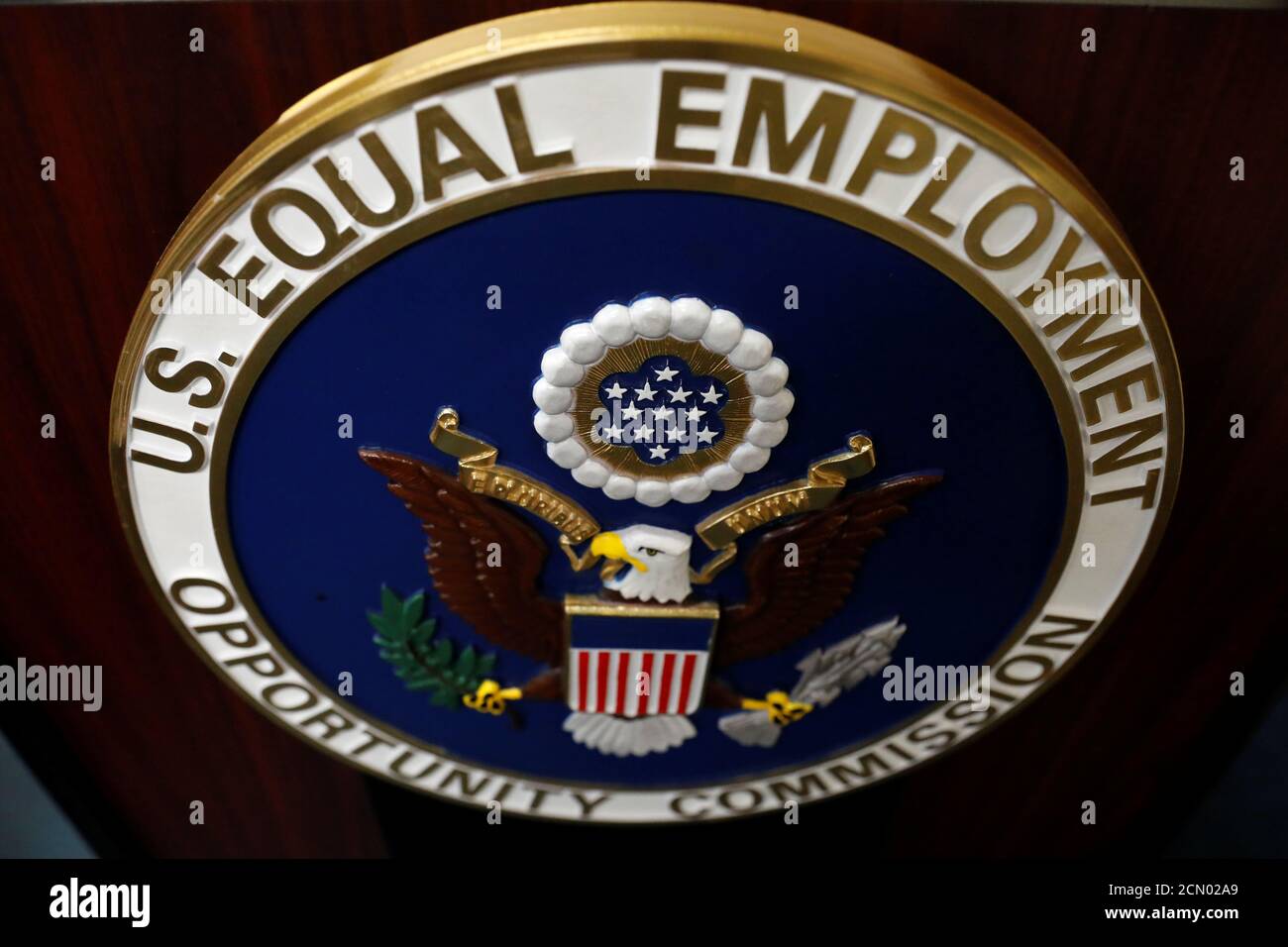

In other words, the complainant must first file a charge of discrimination with the EEOC before it may seek judicial remedy. Any individual who wishes to file suit under Title VII of the ADA is required to exhaust their administrative remedies prior to suing the employer in court. However, in the majority of the cases, the complainant will independently initiate and pursue any litigation based on Title VII. In some cases, if the EEOC finds that there is probable cause to believe discrimination has occurred, it may choose to bring an enforcement action against the employer. The EEOC investigates those charges and issues findings based on its investigations. Charges of discrimination are most often filed by private individuals (“ complainants”) who believe that their employers have discriminated against them. The Agency investigates charges of discrimination and, in some cases, brings civil suits based on charges of discrimination. Civil Rights Act of 1991, which, among other things, provides monetary damages in cases of intentional employment discrimination.Sections 501 and 505 of the Rehabilitation Act of 1973, which prohibits discrimination against qualified individuals with disabilities who work in the federal government and.Title I and Title V of the Americans with Disabilities Act of 1990 (ADA), which prohibits employment discrimination against qualified individuals with disabilities in the private sector, and in state and local governments.Age Discrimination in Employment Act of 1967 (ADEA), which protects individuals who are 40 years of age or older.Equal Pay Act of 1963, which protects men and women who perform substantially equal work in the same establishment from sex-based wage discrimination.Title VII of the Civil Rights Act of 1964 (Title VII), which prohibits employment discrimination based on race, color, religion, sex, or national origin.The federal statutes prohibiting discrimination in employment are: Today, the EEOC conducts enforcement litigation under several federal statutes that prohibit job discrimination. Courts and the EEOC apply this analytical framework to cases brought under all federal anti-discrimination statutes. Absent this showing, the employer is guilty of workplace discrimination. Once a plaintiff succeeds in proving these four points, the burden shifts to the employer to articulate a legitimate, nondiscriminatory reason for refusing to hire the plaintiff. The employer continued to seek applicants with similar qualifications after the rejection.The employer rejected the plaintiff for the job and.The plaintiff applied and was qualified for the position sought.The plaintiff was a member of a Title VII-protected group.The plaintiff has the burden of proof to show that the plaintiff was indirectly discriminated against in a hiring case by showing that: In McDonnell, the Court held that a plaintiff could prove an individual case of intentional discrimination, or disparate treatment, under Title VII, by showing four factors. Supreme Court opinion, McDonnell Douglas Corp. In 1973, EEOC advocates pursued litigation leading to the country's most often cited anti-discrimination U.S. The EEOC strongly influenced the judicial interpretation of civil rights legislation.

In 1972, Congress passed the Equal Employment Opportunity Act of 1972, which amended Title VII to give the EEOC authority to conduct its own enforcement litigation. Today, the EEOC enforces federal anti-discrimination statutes, and provides oversight and coordination of all federal equal opportunity regulations, policies, and practices. The employment section of the Civil Rights Act of 1964, known as Title VII, prohibits discrimination based on race, color, national origin, sex, and religion, and also prohibits employers from retaliating against any employees who exercise their rights under Title VII. The EEOC was created by the Civil Rights Act of 1964. Equal Employment Opportunity Commission ( EEOC) enforces federal laws prohibiting workplace discrimination.


 0 kommentar(er)
0 kommentar(er)
